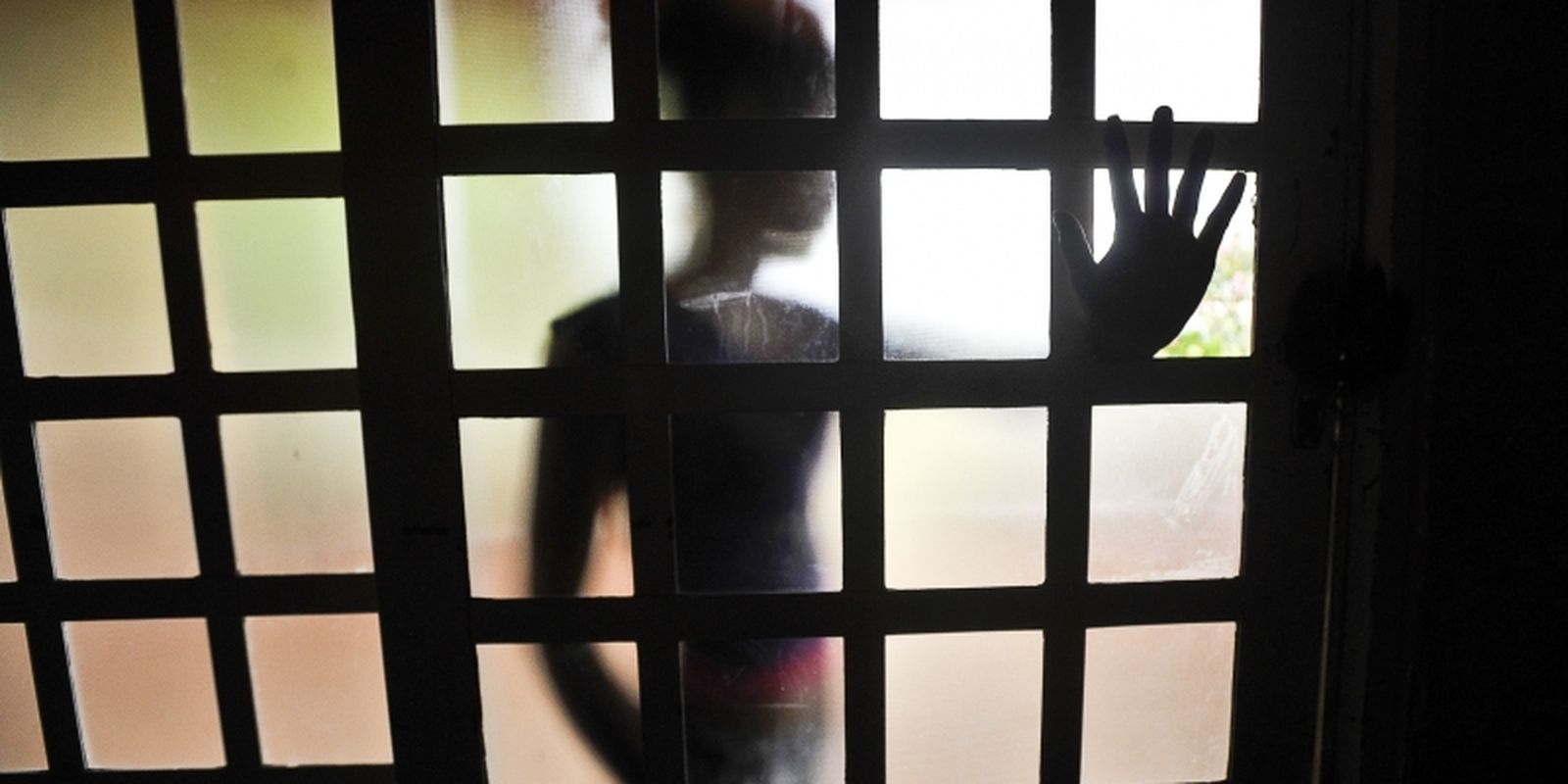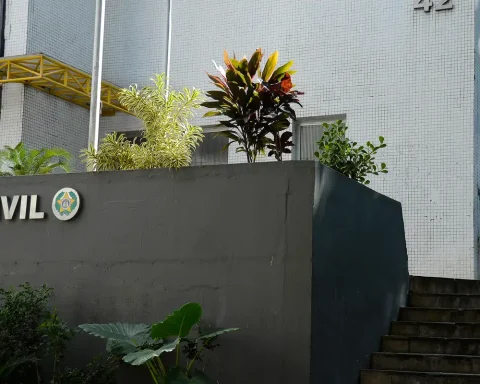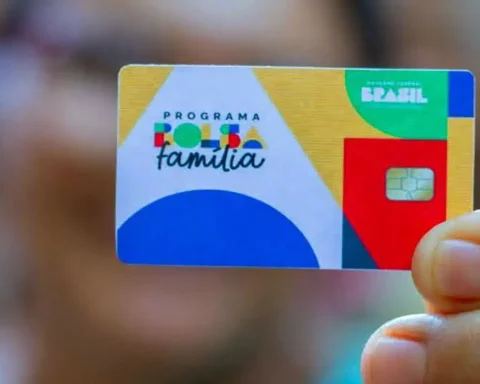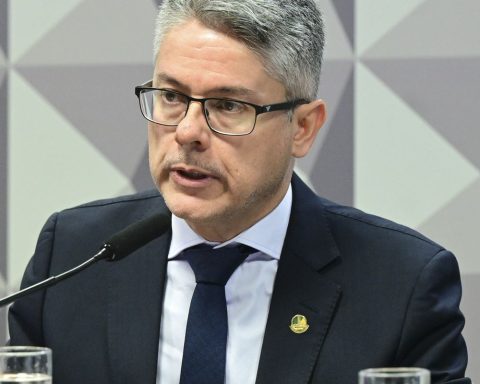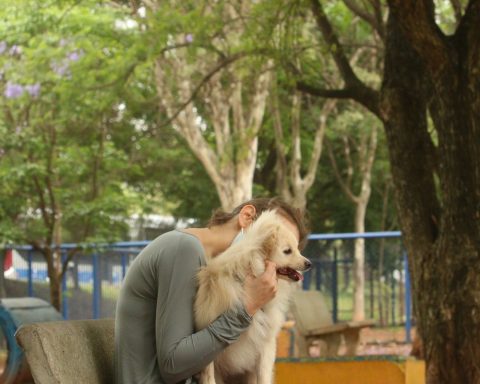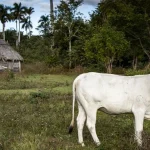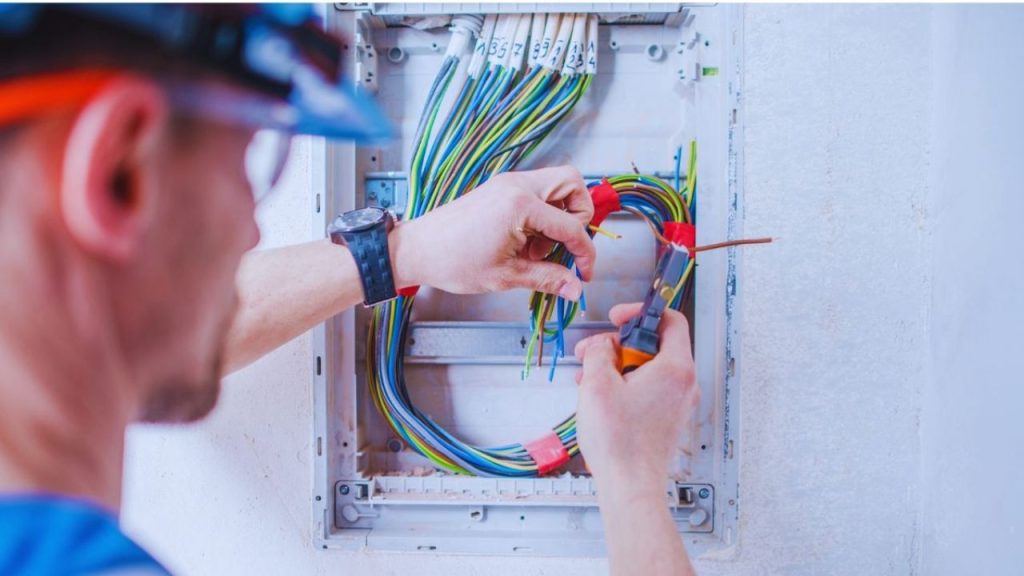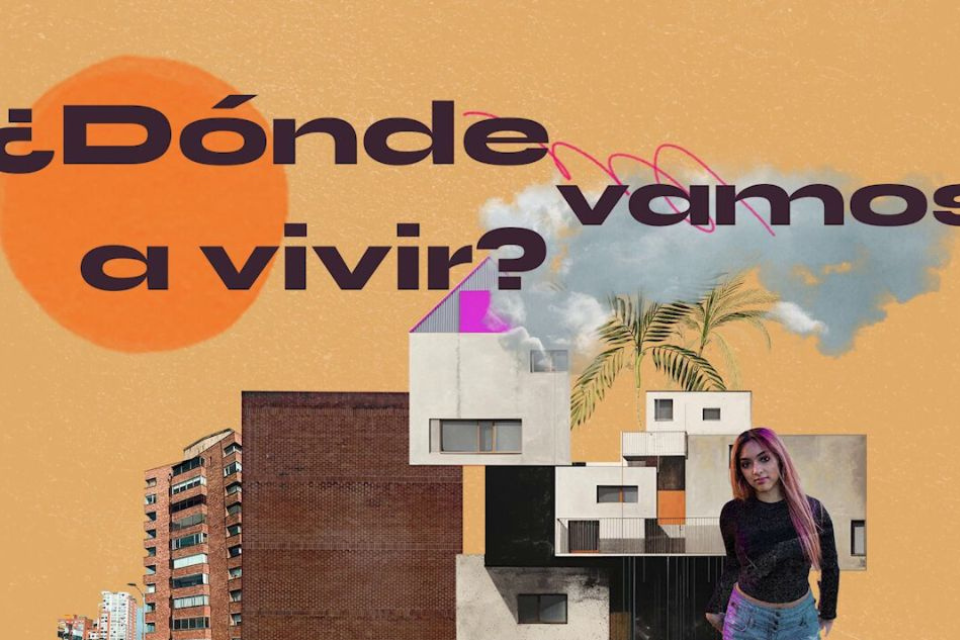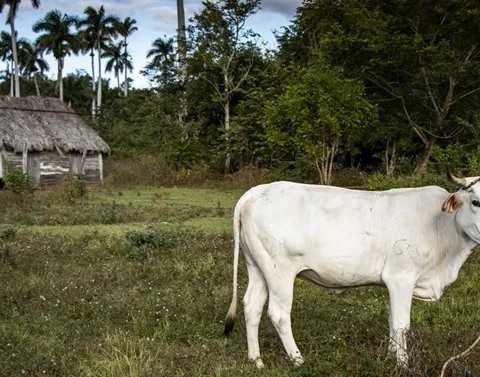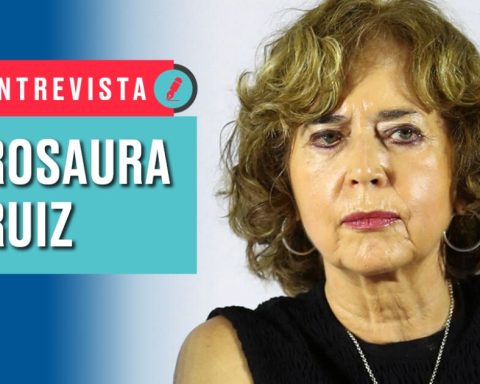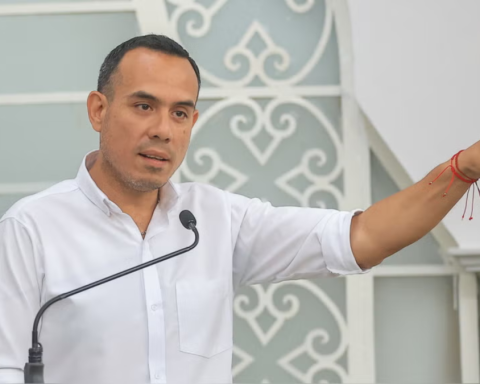Brazil recorded, throughout 2023, an average of 196 cases of physical violence against children and adolescents up to 19 years of age. Around 80% of attacks against children up to 14 years old occurred in their own homes. The numbers were released this Thursday (24) by the Brazilian Society of Pediatrics (SBP) based on cases reported by health units.
Data from the National Disease Notification System (Sinan), maintained by the Ministry of Health, indicate that cases of violence affect all age groups in question.
In 2023, more than 3,000 notifications involving babies under 1 year old were recorded, while 8,370 cases were related to children aged 5 to 9 years. Adolescents aged 15 to 19 were the main victims of attacks, accounting for 35,851 reports throughout the year.
Underreporting
Despite the significant number of records, the entity warns that the data represents only “the tip of the iceberg” and that underreporting represents a major challenge, preventing a more accurate understanding of the real dimension of the problem. According to the SBP, many attacks against children and adolescents are not reported, especially in remote areas or with few resources.
The scenario of underreporting of cases of violence against children and adolescents, according to the SBP, is particularly evident in the North Region, where the number of notifications is significantly lower, which may be related both to the difficulty in accessing health services and the absence of effective reporting mechanisms.
The entity highlights that, in Brazil, the notification of any suspected or confirmed case of violence against children and adolescents is compulsory, as established by the Ministry of Health and the Child and Adolescent Statute (ECA). All such cases must be reported to the local guardianship council.
“In more serious situations or involving crimes such as physical, psychological or sexual violence, police stations and the Public Prosecutor’s Office also need to be notified.”
Geographic distribution
In general, states in the Southeast Region concentrate the majority of cases of physical violence against children and adolescents, which, according to the SBP, is expected due to the high population density and more efficient diagnosis and reporting systems. South, Northeast, Central-West and North, however, also recorded numbers classified by the entity as significant.
The state of São Paulo leads in all age groups, with 17,278 records of physical violence – an average of almost 50 cases per day. Minas Gerais appears as the second state with the most notifications, accounting for 8,598 notifications throughout 2023.
In third place is Rio de Janeiro, which recorded 7,634 attacks.
The entity classifies the numbers related to the South Region as “worrying”, with emphasis on Paraná, with 7,266 cases, and Rio Grande do Sul, with 2,331 cases. “In Paraná, the high proportion of cases in children under 10 years of age draws attention, representing a third of notifications. In Santa Catarina, 31% of episodes of physical violence also involve children under 10 years of age.”
In the Northeast, Bahia appears with the highest number of occurrences, 3,496. Other states with significant numbers include Ceará (2,954 cases) and Pernambuco (2,935 cases), especially among adolescents aged 15 to 19.
In the Central-West, the state of Goiás stands out with 2,533 cases, of which 70% occurred among adolescents aged 10 to 19.
In the North, Pará stands out, with 2,357 notifications, the highest recorded in the entire region.
Guidelines
The SBP classifies violence against children and adolescents as a silent disease and considers that it is essential that health professionals are attentive and sensitive to possible signs of aggression, including unexplained fractures or those specific to intentional trauma; and contradictory reports or injuries incompatible with the trauma described or with the child’s psychomotor development.
“Intra-family violence is a chronic and progressive disease, which is repeated from generation to generation and causes great impact due to the dependent relationship between victim and aggressor, both through physical damage and the destruction of emotional bonds. As a disease, which affects all social classes and cultures, it presents signs and symptoms that require treatment and interruption of the cycle with reporting and protection measures.”
The entity highlights that, although the diagnosis of violence and the sending of a notification do not constitute a formal complaint against the aggressors, both constitute “an important step in the care process aimed at people at risk”.
Campaign
SBP reported that, after debating the topic at the 41st Brazilian Congress of Pediatrics, which took place between October 22nd and 26th in Florianópolis (SC), a new awareness campaign and diagnostic guidance on violence against children and adolescents in Brazil will be launched.
The proposal is to strengthen prevention actions and the early identification of signs of aggression at all levels of health services.
